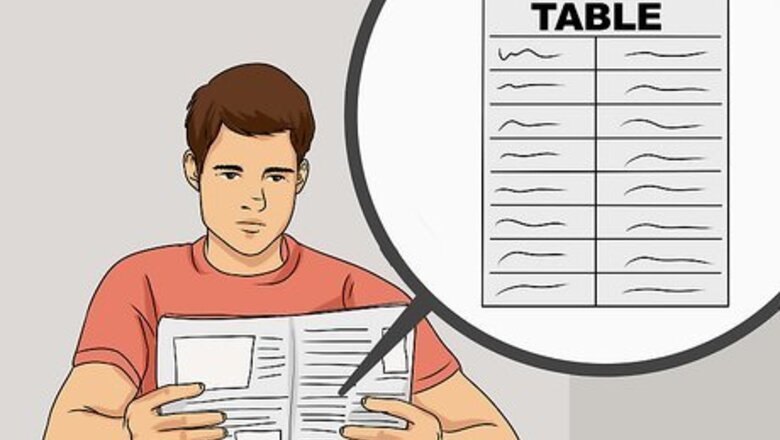
views
Reading a Tide Table
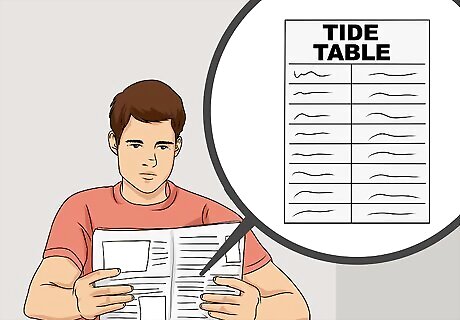
Find a tide table. You should use one specific to the area you plan to visit, as beaches, harbors and fishing sites that are near each other can have dramatically different tides. Local newspapers typically print tide tables near weather information. Marinas are likely to have tide tables specific to the area. Reference stations constantly collect data to provide detailed tide information. Their findings are available online and can be found through a simple search.
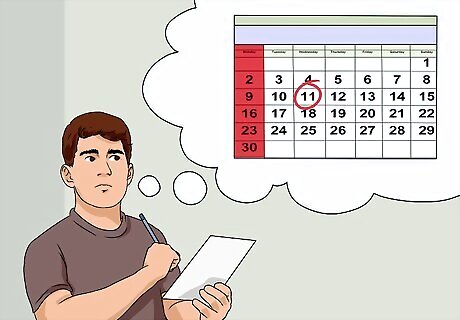
Locate the relevant date. Tidal information may be printed for a week or more in advance. If you are planning an outing for tomorrow, use tomorrow’s date. If your plans are flexible, look instead for the data that is most important to you, such as finding a low tide at a convenient time. This may mean waiting several days for the best opportunity. Remember that high and low tide times will be different every day, so do not make plans for the future based on a chart for the present.
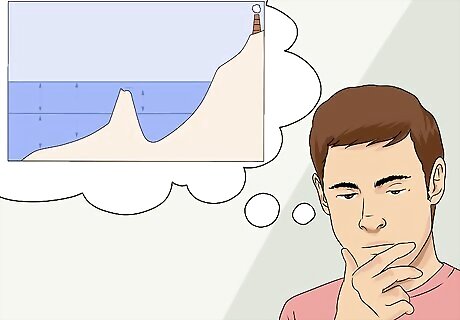
Understand Chart Datum. This term refers to a plane of reference against which tidal heights are measured. It is an average of low tide heights. This number is set low so that most low tides will not fall below it. It is also the reference point that nautical charts use to measure depth.
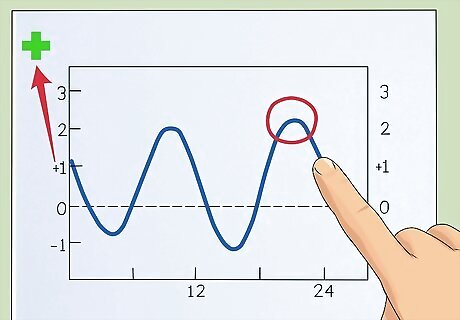
Find high tide information. High tide will be expressed as a positive number, sometimes with a plus (+) sign before it. This number indicates how high above Chart Datum the tide will be at its greatest swell. A high tide indicated as an 8 tells you that at its highest, the water will be 8 feet (2.4 m) above the average low water mark. Remember that outside the United States the metric system prevails and measurements will be in meters, not feet.
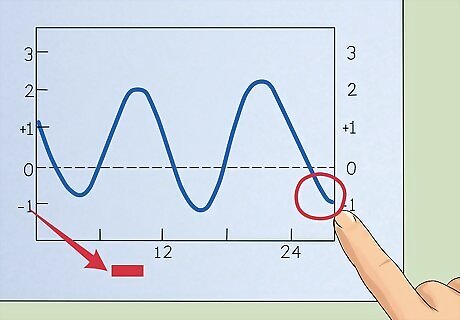
Find low tide information. Low tide will be expressed as a small number, or possibly a negative number. This number indicates the relationship between the water depth at its lowest ebb and Chart Datum. Because Chart Datum is an average, not the absolute lowest the tide could ever be, sometimes low tide will fall below the average low water mark. When low tide is expressed as a negative (-), it means the tide will fall below Chart Datum. For example, -1 means the low tide will be 1 foot (0.30 m) below the average low water mark. The low tide may also be a positive number. The number 1.5 indicates that the lowest tide will be 1.5 feet (0.46 m) above Chart Datum.
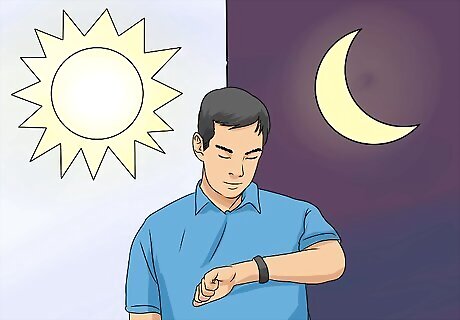
Read the time. Depending on location, high and low tides may occur twice in a day or only once. The time may be listed using a 24 hour clock, also known as military time. Be certain that you have distinguished properly between morning and evening tide times. To read a military clock, remember that the numbers continue onward from noon. So 1:00 could also be written as 13:00 because it is noon (12) plus 1 hour (13). If the number is large and you don't want to count up, simply subtract 12 to get the number in the a.m./p.m. system. For instance, 23:00-12:00 will be 11 pm.
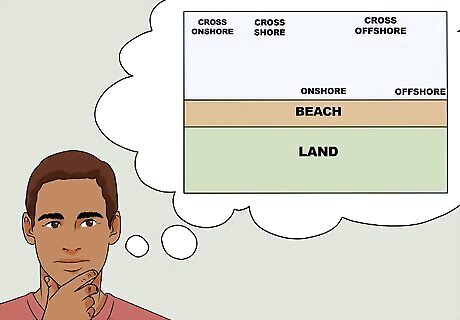
Understand swell direction. This information, often indicated by a letter, tells you from what direction the waves will be coming. For instance, the letter W tells you that the waves will be coming from due west. This information is particularly important for surfers. If the beach faces north, but the waves are coming from the northwest, the waves will break differently as they hit the beach or point break.
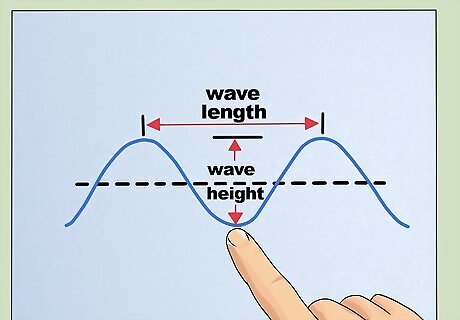
Read height and interval. Some tide tables include predictions about wave height, also referred to as the swell, and wave interval. Wave height is the distance between the crest of the the wave and the trough, or the lowest point in a wave. The interval indicates the average number of seconds that elapse between waves as they hit an offshore buoy. For surfing purposes, a longer interval makes for a larger wave. Shorter intervals make for gentler waves, which are safer for swimming. Large swells and long intervals make for massive surf.
Understanding How Tides Relate To You
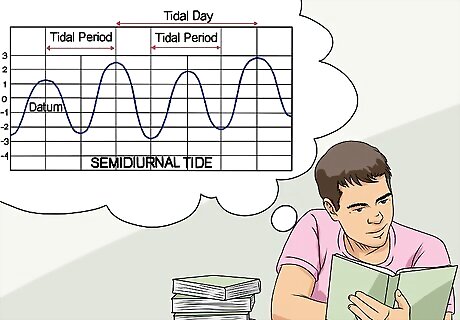
Learn tide patterns. Understanding the local pattern can help you predict whether you will have 2 daily opportunities to navigate or beachcomb, or only one. In general, it takes around 6 hours for a tide to fully recede and hit the lowest point, then another 6 hours for it to come back in to the highest point. In many coastal regions, tides rise and fall twice every day. These tides are called semidiurnal tides and are common on the east coast of the United States. In some places one of the high tides is dramatically higher than the other, a pattern called mixed tides. This occurs in many places on the west coast of the United States. In some places there is only 1 tidal cycle per lunar day, with 1 high and 1 low tide in a 24-hour period. This is common in many places along the Gulf of Mexico.
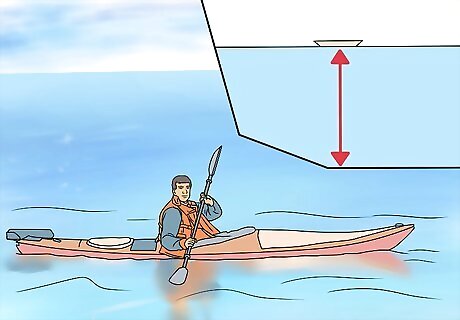
Take advantage of high tide. When the water is at its highest, boats can safely pass over obstacles that might otherwise cause problems, such as reefs or sand bars. This is often the best time to go in or out of harbor. Use a nautical chart to help you navigate safely. If you are going out in a boat, whether it is a kayak or a large vessel, you need to know the channel depth, which a tide table cannot tell you. If you leave the harbor at high tide, make sure your location won’t be on dry land at low tide.
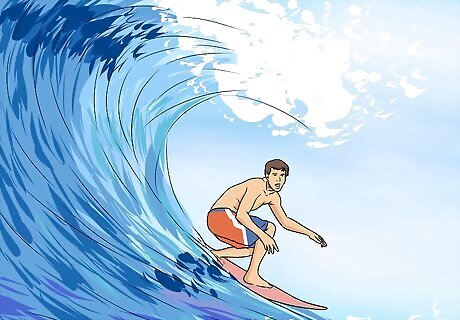
Venture out mid-tide. Surfers often find the best waves when the water is between high and low tide, though it varies by location. When the tide is low rocks may be exposed, or kelp may interfere with the board. When the tide is highest waves may not break until they are too close to shore to surf. If you are estuary fishing, larger fish will move toward deeper water as the outgoing tide exposes shallow areas. This is a good time to fish in estuaries.

Enjoy low tide. When the tide is out, beachcombers and tide pool enthusiasts have the best opportunity to see marine life exposed. Rocky shores such as those along the Washington and Oregon coast offer the best chance to see marine life in tide pools. Lower tide may also be preferable for tall boats that need to pass under bridges. Knowing the clearance of the bridge and the height of your boat can help you choose the best time to navigate in and out of a harbor. Low tide exposes mud where you can dig for clams. You can begin digging 1 or 2 hours before the expected low tide and continue your search 1 or 2 hours after the tide begins to come in again. Look for small holes in the sand that squirt juice when you stamp next to them.
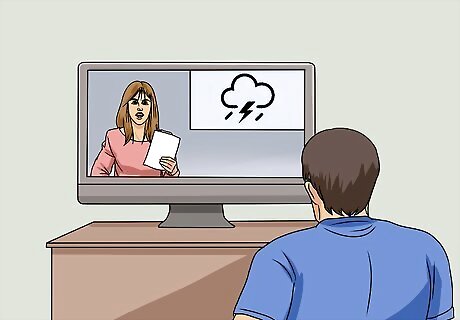
Factor in the weather. Tides are not the only consideration when fishing or playing near the ocean. Strong winds can change predicted tide depths by a foot or more. Storms can be dangerous for ships or beach goers. The season can also play a role in what fish are present. If you are unfamiliar with the coastal region you’re visiting, consult with locals about what to expect. Pay attention to weather forecasts and be cautious in venturing out. Rip tides can form on any beach with surf, including the Great Lakes and the Gulf of Mexico. They are often found near jetties or between sand bars. If you are caught in a current that pulls you quickly from shore, swim parallel to the beach to break out of it.



















Comments
0 comment